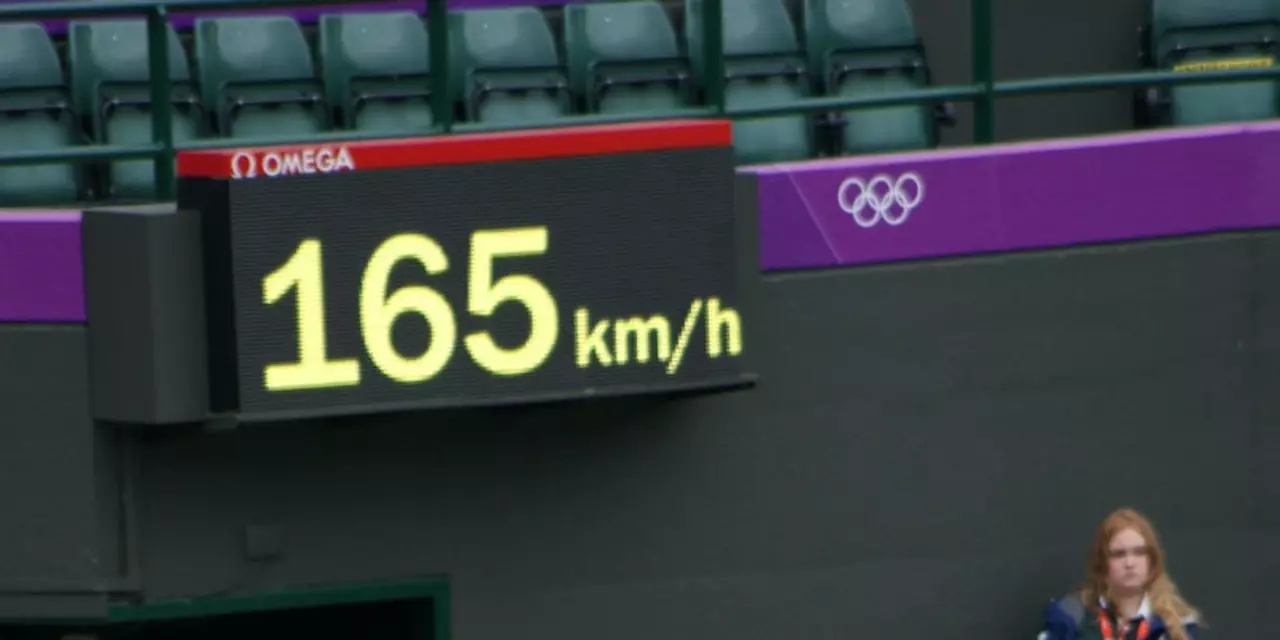Sports Contracts & Salaries
When talking about Sports Contracts & Salaries, the set of agreements and pay structures that govern how athletes get paid in professional sports, you’re really looking at the financial backbone of every league. Also called player deals, these contracts determine who can play, for how long, and at what cost. Understanding them helps fans see why a star might switch teams or why a franchise can’t keep a veteran forever.
One key piece of the puzzle is Guaranteed contracts, contracts that promise a minimum salary regardless of performance or injury. In North America the big four leagues—MLB, NBA, NFL, and NHL—all use guaranteed deals, giving players a safety net. That safety net changes the math for teams: they have to plan budgets around money that’s locked in, which leads directly to the concept of a salary cap, a league‑wide limit on total player payroll. The cap forces clubs to balance star salaries with role players, creating a constant negotiation between talent and finances.
How Contracts Shape the Game
Every professional sport has its own contract quirks. In the NFL, contracts often include large signing bonuses that count against the cap over several years, while the NBA relies on fully guaranteed multi‑year deals that can be traded. The MLB is unique with its arbitration system, where players with a few years of service can negotiate higher pay based on performance. Meanwhile, the NHL blends both guarantees and performance bonuses, making roster moves a careful dance. These variations illustrate the semantic triple: Sports Contracts & Salaries encompasses Guaranteed contracts, Guaranteed contracts influence Salary caps, and Salary caps affect Team budgeting. Together they shape roster construction, player movement, and fan expectations.
From a player's perspective, the size and structure of a contract affect career decisions. A rookie might sign a modest deal for a chance at playing time, while a veteran seeks a long‑term guarantee to protect against injury. Teams, on the other hand, use contract clauses—like no‑trade provisions or performance incentives—to manage risk. These clauses are another entity in our landscape: contract clauses, specific terms that modify payment or player rights. When a team adds a no‑trade clause, it reduces flexibility but can lure a star who values stability. This relationship shows that Contract clauses modify Sports Contracts & Salaries, and Modified contracts impact Team strategy. The result is a dynamic market where numbers, negotiations, and league rules constantly interact.
What you’ll find in the collection below dives deeper into each of these angles. One article breaks down exactly which leagues offer fully guaranteed contracts and why that matters. Another compares salary cap structures across the NFL, NBA, and NHL, highlighting how each league tries to keep competition fair. There’s also a look at how arbitration works in baseball and what that means for emerging talent. Whether you’re a fan wanting to understand a headline‑making trade or a player curious about contract basics, the posts ahead give practical, down‑to‑earth explanations. Keep reading to see how the pieces fit together and what the numbers mean for the game you love.

Which professional sports have guaranteed contracts?
Guaranteed contracts are a common practice in professional sports, especially in North America. They provide athletes with financial security and stability, as they guarantee a minimum salary regardless of performance. In the United States, the four major professional sports leagues - MLB, NBA, NFL and NHL - all have guaranteed contracts, while in Canada the CFL and NHL have them. Guaranteed contracts are beneficial to athletes, as they provide the financial security they need to perform at their best, and to their teams, as they protect them from financial losses in the event of an athlete's poor performance or injury.
Read More


